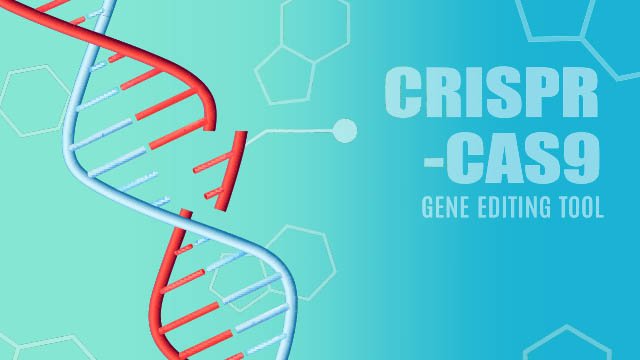By Jeffrey Smith
To the Guardian.
Your May 30, 2019 article about Crispr gene-editing of food missed the world-changing implications of the global “gene rush” underway. With cheap gene-altering technology in hand, thousands of labs are scrambling to commercialize new GMOs. Everything with DNA is up for grabs—algae, bacteria, fish, trees, insects, all of it.
Here’s two glaring points you missed.
- Once released, gene-edited organisms crossbreed and contaminate the gene pool—irreversibly.
Unlike chemical spills, genetic pollution spreads over time. Now multiply that by tens of thousands of lab-altered species. A better headline for your article might have been:
Gene Editing May Replace Nature
- The most common result of genetic engineering is surprise side-effects.
Recent articles in Nature Biotechnology, Nature Communications, Genome Biology, Trends in Plant Science and The Plant Genome all reveal that CRISPR—biotech’s poster child for a better world—produces unexpected, potentially life-threatening outcomes. Perhaps your headline should have read:
High Risk Gene Editing Gambles Future of All Living Beings
Widespread implementation of genetic engineering, in its current infant stage, carries threats on the order of global climate change. Please stop writing just about changing the American diets. It’s like a climate change article that says, “Prepare for more sunny days at the beach this summer.”
With the hands-off government policies in the US, Australia, and Japan, gene editing can change everything… and not in a good way.
Perhaps someone should tell Extinction Rebellion.
Jeffrey Smith is the Executive Director of The Institute for Responsible Technology, and Co-Director of the recent film Secret Ingredients.
References:
Repair of double-strand breaks induced by CRISPR–Cas9 leads to large deletions and complex rearrangements
Michael Kosicki, Kärt Tomberg & Allan Bradley
Nature Biotechnology, 16 July 2018
https://www.nature.com/articles/nbt.4192
CRISPR/Cas9 targeting events cause complex deletions and insertions at 17 sites in the mouse genome.
Shin HY1,2, Wang C1, Lee HK1,3, Yoo KH1,4, Zeng X1, Kuhns T1, Yang CM1, Mohr T1, Liu C5, Hennighausen L1. Nature Communications
https://www.ncbi.nlm.nih.gov/pubmed/28561021
CRISPR/Cas9-mediated genome editing induces exon skipping by alternative splicing or exon deletion
Haiwei Mou†, Jordan L. Smith†, Lingtao Peng, Hao Yin, Jill Moore, Xiao-Ou Zhang, Chun-Qing Song, Ankur Sheel, Qiongqiong Wu, Deniz M. Ozata, Yingxiang Li, Daniel G. Anderson, Charles P. Emerson, Erik J. Sontheimer, Melissa J. MooreEmail author, Zhiping WengEmail author and Wen Xue, Genome Biology
https://genomebiology.biomedcentral.com/articles/10.1186/s13059-017-1237-8
Zhu C, Bortesi L, Baysal C, Twyman RM, Fischer R, Capell T, Schillberg S and Christou P (2017). Characteristics of genome editing mutations in cereal crops. Trends in Plant Science 22:38–52.
https://www.ncbi.nlm.nih.gov/pubmed/27645899
Wolt JD, Wang K, Sashital D and Lawrence-Dill CJ (2016). Achieving plant CRISPR targeting that limits off-target effects. The Plant Genome 9: doi: 10.3835/plantgenome2016.05.0047


